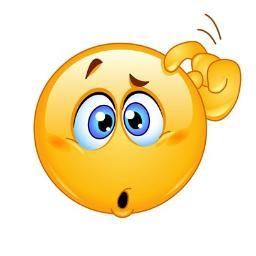Active Learning with QR Coding
What is active learning?
According to
the Center for Educational Innovation, “active learning is any approach to
instruction in which all students are asked to engage in the learning process
(2018). This can look different in many ways. There are several strategies that
can be enforced to move students into active learning. Research shows that
active learning is what gets information “stuck” in students’ minds to apply the
objectives to future learning or situations. Below is a chart of the various strategies
teachers can use to move students into active learning.
 |
| Image Source |
Active Learning with QR Coding
 |
| Image Source |
QR coding
engages students in active learning by allowing them to independently use a
tool to further their learning. Many educators are realizing that any form of
technology is what gets students excited about learning these days. Outside of
school, so much of how students spend their time is within the realm of
technology. The key to active learning is independence. Research shows that
students remember 90% of what THEY do. Not what a teacher tells them in a
lecture or shows them in a video, but what the students actually do on their
own. This provides each child with permission to be responsible for what they
do with what is put in front of them. This is active learning!
So…what should we as educators do?
I believe
that we, as educators, need to include active learning strategies in as many of
our lessons as possible. If this is what is going to get our students to really
learn information and apply it, the chances of improving student performance
and test scores are going to be very high, as well. Now, who wouldn’t want that! In my classroom, I have used many of the
active learning strategies in the chart above. The students’ responses to the activity
are priceless! They voice how much fun the
activity was, and I can see that some of my usuals are not secluding themselves
out of boredom. Yeah, sometimes we still must do a little lecture here and
there to activate prior knowledge or provide background information, but most
of our efforts should be in getting students engaged in their own learning.
| Image Source Check out a snapshot of QR Coding here on Padlet. |








